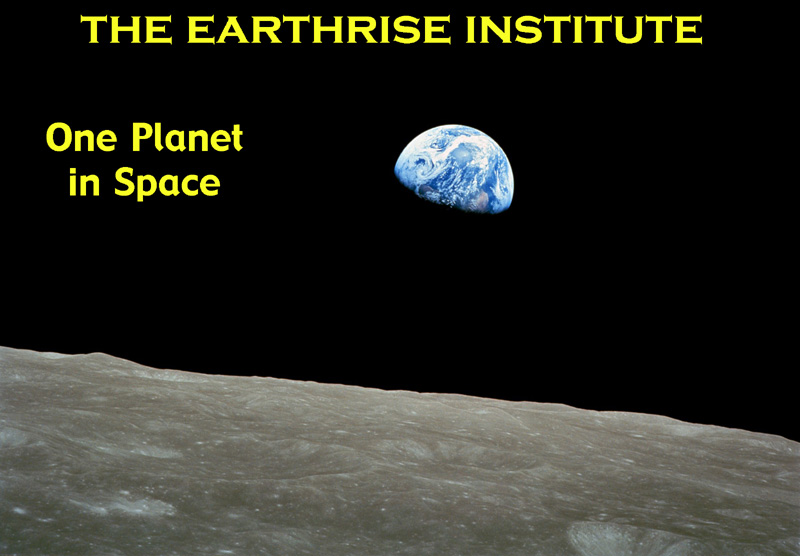

WELCOME TO ICE AND STONE 2020
It is my pleasure to welcome all educators, students, and anybody else who might be interested, to Ice and Stone 2020. This is an educational package I have put together to cover the so-called “small bodies” of the solar system, which in general means asteroids and comets, although this also includes the small moons of the various planets as well as meteors, meteorites, and interplanetary dust. Although these objects may be “small” compared to the planets of our solar system, they are nevertheless of high interest and importance for several reasons, including:
a) they are believed to be the “leftovers” from the formation of the solar system, so studying them provides valuable insights into our origins, including Earth and of life on Earth, including ourselves;
b) we have learned that this process isn’t over yet, and that there are still objects out there that can impact Earth and threaten our existence upon it; and
c) we have also learned that many of these objects contain valuable resources that we can utilize here on Earth as well as in space, should humanity make the decision to expand out into the solar system.
Ice and Stone 2020 will cover various facets of our knowledge about these objects. I do not intend this to be a substitute for formal classroom educational courses, however I do intend this to supplement the material in such courses, and to act as a resource for additional information.
Throughout each week of 2020, Ice and Stone 2020 will unveil new “presentations” about different aspects of our solar system’s “small bodies.” Specifically, each week will feature:
a) “This Week in History” -- a brief summary of important events in the study of “small bodies” during that particular week in history. This will include such events as spacecraft encounters, asteroid flybys, important discoveries, and notable publications and announcements, each of which will include a short summary. Some of the events are those that will be taking place in the future.
b) “Comet of the Week” -- a short discussion of an important comet that was visible during that corresponding week in the past. These could be comets that were especially bright, or that are scientifically important in some way. A small number of these are comets that are expected to be visible during 2020 or in later years.
c) “Special Topic” -- each week will feature a moderately in-depth discussion of some topic related to the study of “small bodies.“ Some representative topics include: main-belt asteroids, near-Earth asteroids, “Great Comets,” spacecraft visits (both past and future), meteorites, and “small bodies” in popular literature and music.
Throughout 2020 there will be various comets that are visible in our skies and various asteroids passing by Earth -- some of which are already known, some of which will be discovered “in the act” -- and there will also be various asteroids of the main asteroid belt that are visible as well as “occultations” of stars by various asteroids visible from certain locations on Earth’s surface. Ice and Stone 2020 will make note of these occasions and appearances as they take place. The “Comet Resource Center” at the Earthrise web site contains information about the brighter comets that are visible in the sky at any given time and, for those who are interested, I will also occasionally share information about the goings-on in my life as I observe these comets.
I will make the assumption that Ice and Stone 2020 participants have some knowledge about basic astronomy, including knowledge about the various planets as well as basic astronomical terms like “magnitude.” I will also assume that participants have -- or at least know where to find -- basic information about orbits, including terms like “perihelion” and “astronomical unit” (or “AU”). The term “q” that appears throughout various presentations refers to an object’s perihelion distance from the sun, usually given in AU.
The Earthrise Institute is pleased to be partnering with various organizations in Ice and Stone 2020. We especially acknowledge RocketSTEM, which will be hosting our presentations and assist in putting together lesson plans around them. The Las Cumbres Observatory, a worldwide network of automated telescopes placed at some of the top observing sites in the world, will be available for participants who might wish to image some of the objects that are visible.
2020 marks some very special anniversaries for me. It was 50 years ago, on February 2, 1970, that I saw my very first comet -- which, coincidentally, also happened to be the first comet ever observed from space. And it was 25 years ago, on July 23, 1995, that I discovered the comet that brought me worldwide recognition and forever changed my life. As I begin to approach the later years of that life it is my intent with Ice and Stone 2020 to share both the knowledge and the joy that I have gained throughout that life with the future generations of humanity, all over the world, so that they can use that knowledge -- however they see fit to do so -- to build a worthy future.
Alan Hale
Founder, The Earthrise Institute
Ice and Stone 2020 home page
Earthrise Institute home page